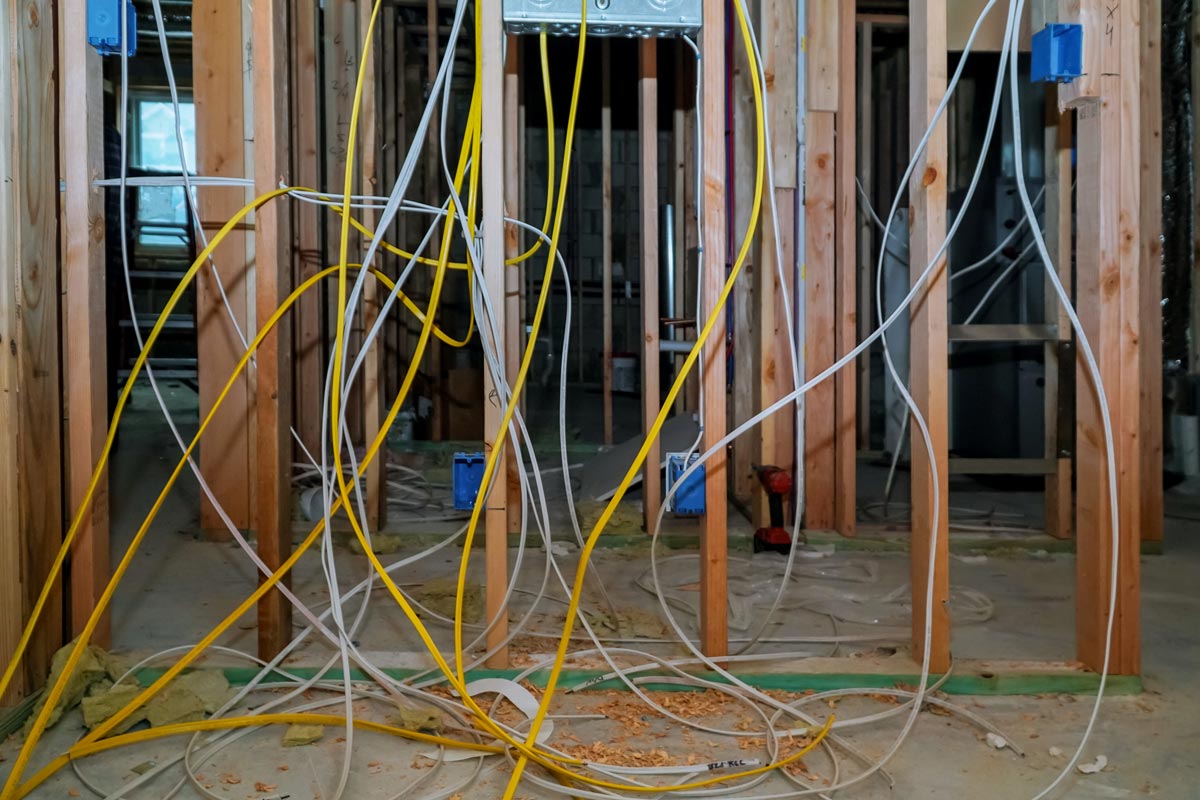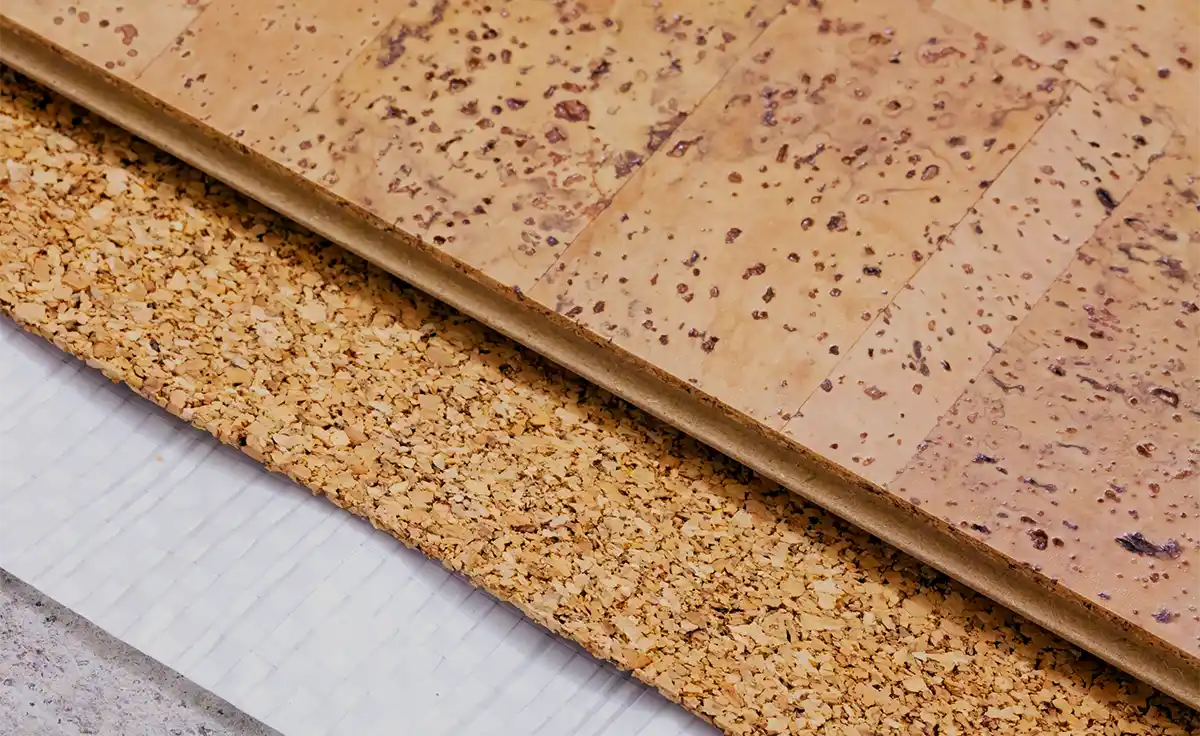
Comprehensive Guide to Planning an Electrical Renovation with an Electrical Panel Upgrade
QUALITY. VALUE. INTEGRITY. 品质•价值•诚信 604.505.1911 info@jwhomes.ca Are you preparing for an electrical renovation as part of your home or office remodelling project, including an essential




